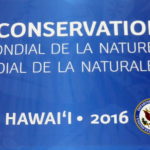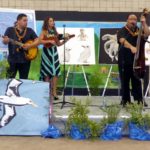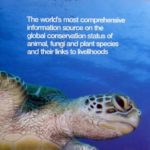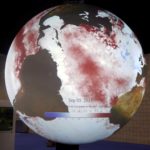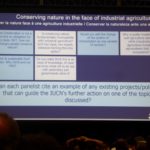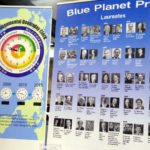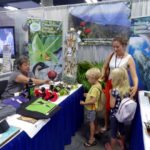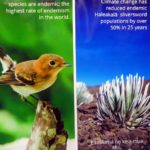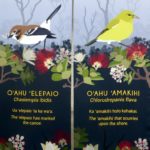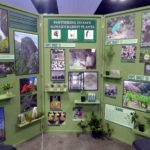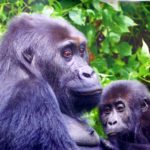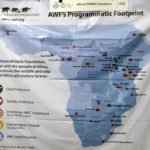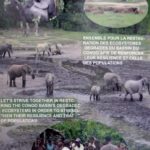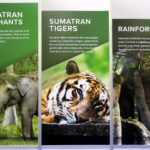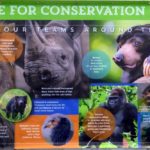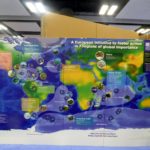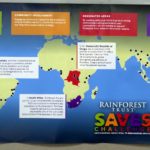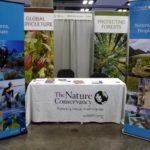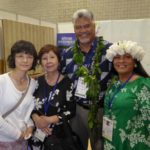World Conservation Congress in Hawaii
Dying in our polluted nests
Sitting on a park bench you notice some birds searching for food, hobbling around without toes or even with part of their feet missing. You feel sorry and start feeding them. But you may not have to in the near future because they may be extinct before you know it, with you, perhaps unknowingly, having contributed to their extinction.
What has happened to the birds and what is happening to us? In your own backyard, have you ever heard a bird or two, after some of its siblings had already vacated the nest, noisily chirping away in its nest for some days and then silence? You then wonder, take a ladder and look into the nest. There the little fledgling is dead, having died of thirst and hunger as it was unable to perform its maiden flight with its brothers and sisters because its half-chewed-off foot was still stuck in the excrements that had accumulated at the bottom of the nest since its birth. That is the reason for the birds you see hobbling around without toes or a stump of a foot. It may just be a reflection of what we are doing so rapidly to ourselves in our own polluted nest, Planet Earth.
Can it be true? Face reality and just reflect that in the last century the human population increased from 1.6 billion to over 7 billion and is expected to exceed 9 billion by 2050. In a desperate attempt to produce more food, we are rapidly destroying more and more of the natural habitats that we share with wildlife. The World Wildlife Fund for Nature (WWF) now predicts quite accurately that by 2020 we will likely have lost 2/3 of all vertebrate wildlife compared to 1970.
But what about us humans? Are we not also stuck in the same polluted nest as climate change is rapidly becoming unstoppable because of our ever-increasing carbon footprints? Pressured by the population explosion and irrespective of the dire environmental consequences, is not almost every country trying to increase its Gross National Product (GNP)?
With this backdrop the World Environmental Congress, also known as IUCN or International Union for Conservation of Nature, held its every-four-year congress in Honolulu on September 2-10. IUCN is a non-government-supported body of largely environmental groups from around the world inclusive of the World Wildlife Fund and the Conservation Council for Hawaii that was helpful in bringing the Congress to Hawaii. IUCN’s goals are focused on helping to shape the direction of conservation and sustainable development. It gathered again to bring public awareness to the destruction of the world’s habitats and to set policy in an attempt to mitigate the onrushing tidal wave of world-wide habitat destruction witnessed everywhere. With US President Obama attending its opening ceremony at the University’s East-West Center and announcing the expansion of the PAPAHANAUMOKUAKEA MARINE NATIONAL MONUMENT in Hawaii from 50 to 200 miles and accepting OHA (Office of Hawaiian Affairs) as co-managers, it provided a glimmer of hope for reversing the accelerated decline of at least our marine habitats.
The photos selected herewith provide an overview of such messages as well as of some of the booths of participating environmental groups, most of which are in the forefront of the onrushing tidal wave.
Are we listening and taking action? We must not forget that Hawaii was once a self-sustaining culture but is now almost totally dependent on the outside world for its food and energy needs.

